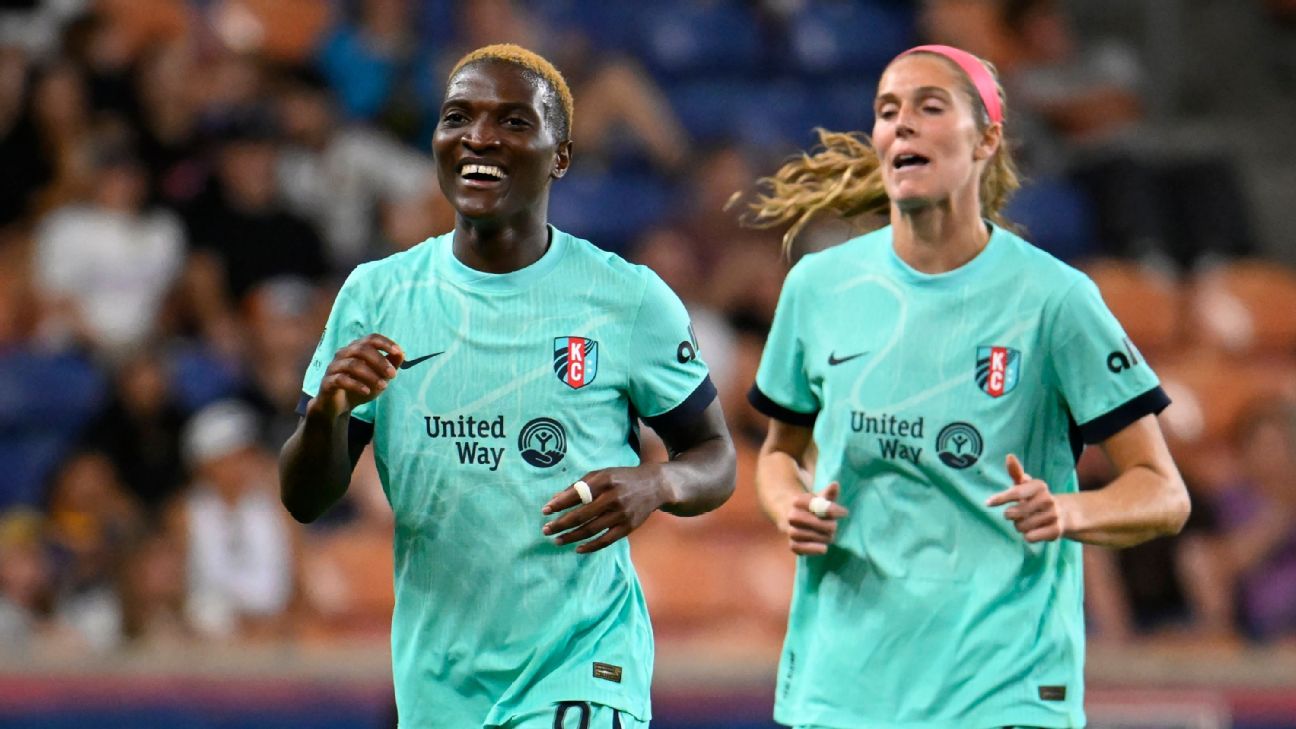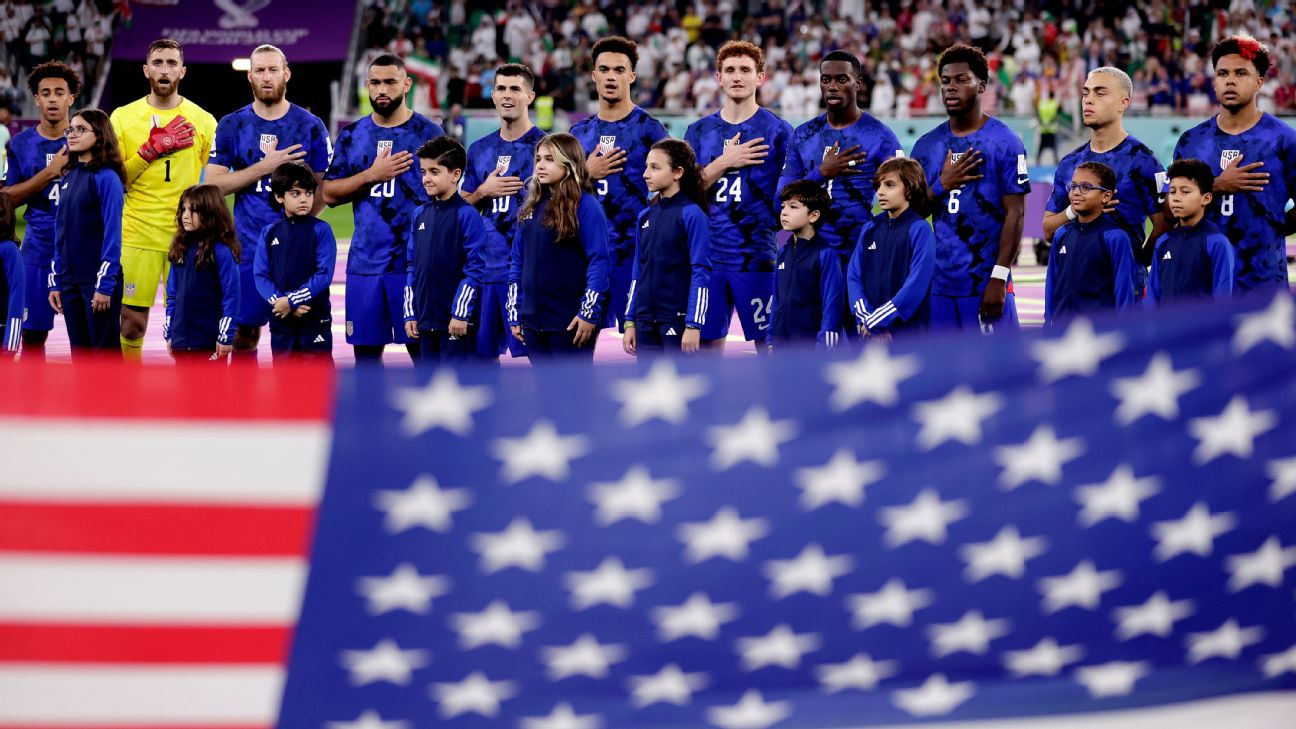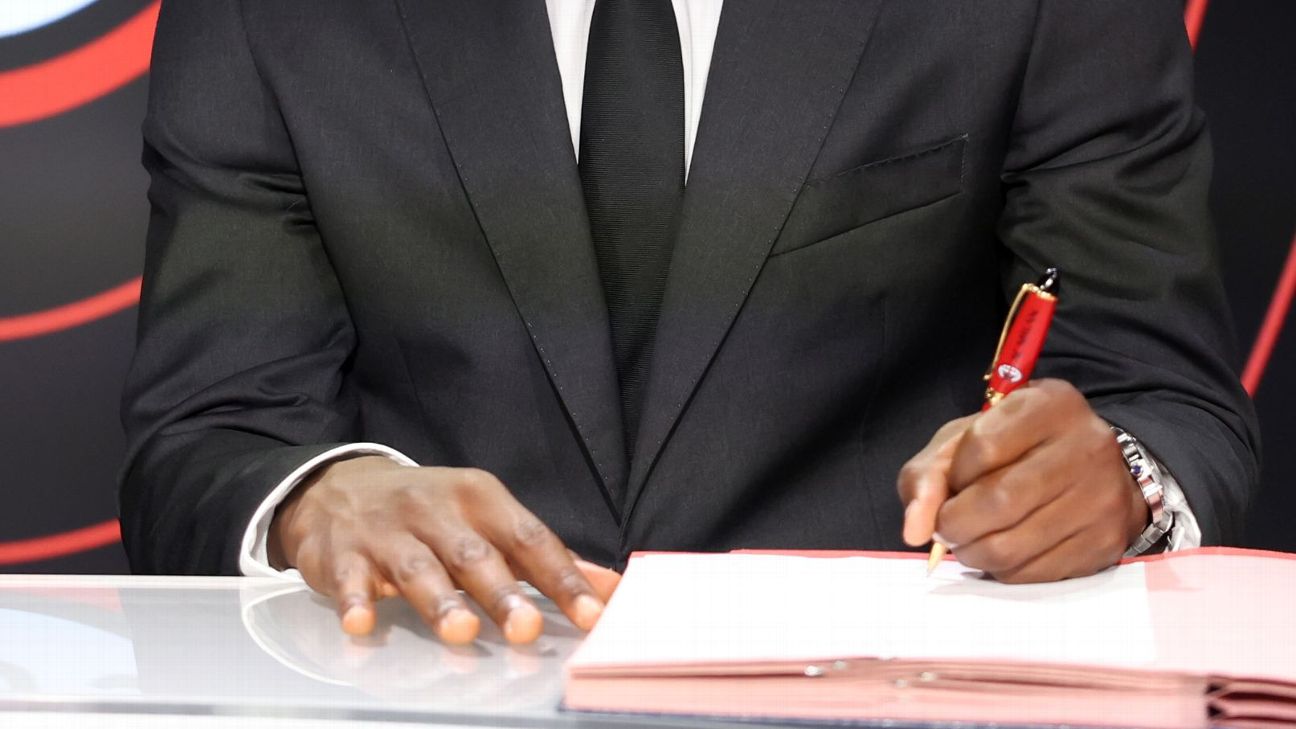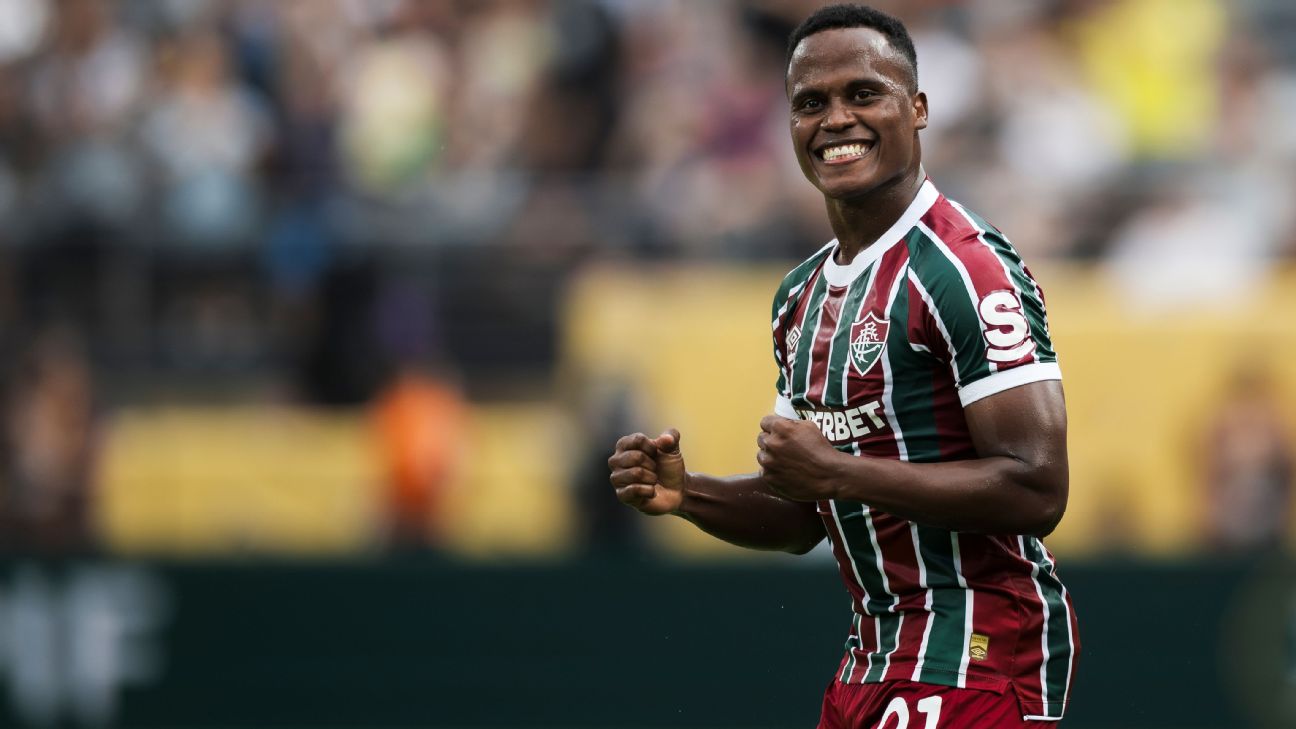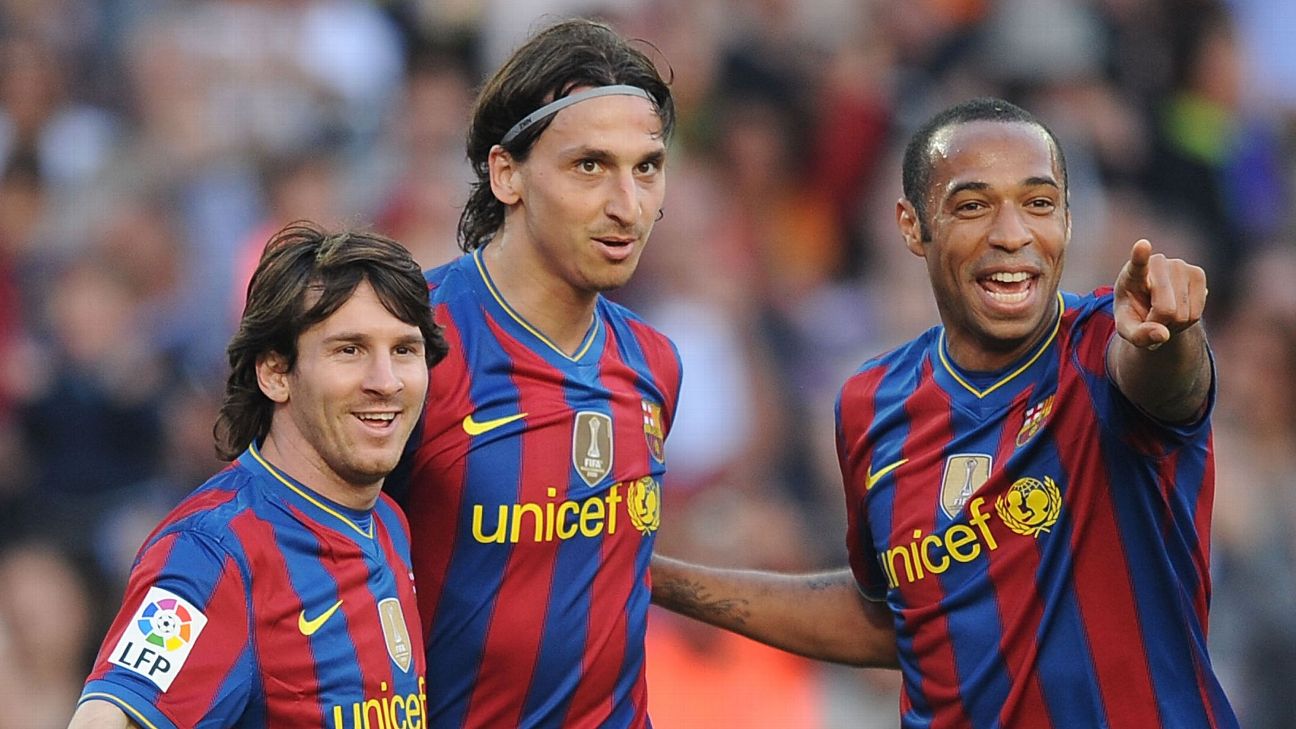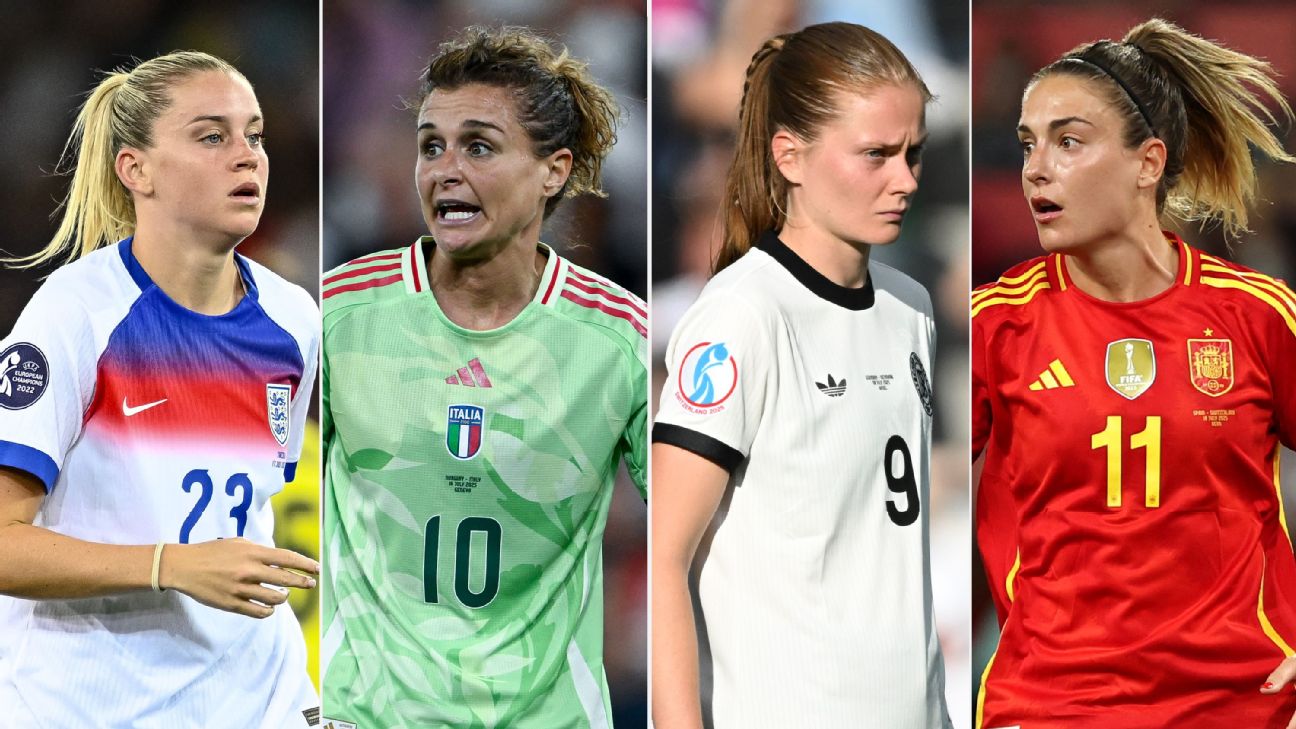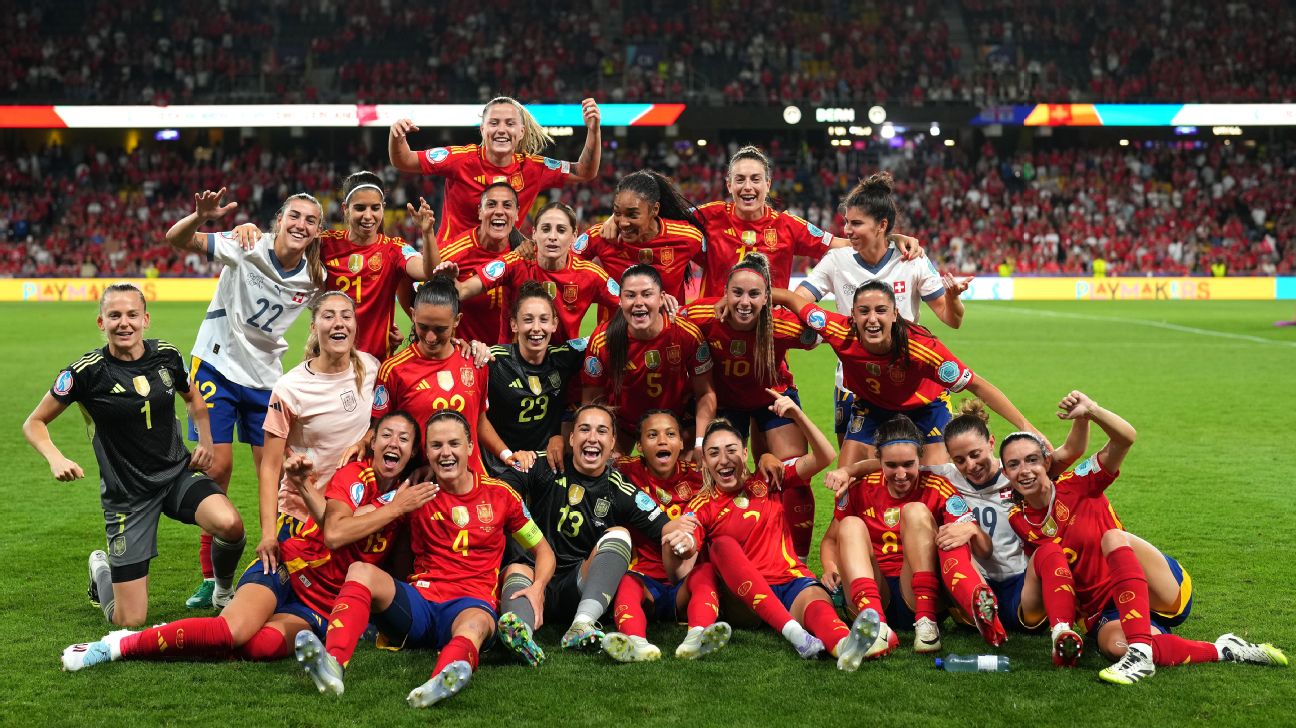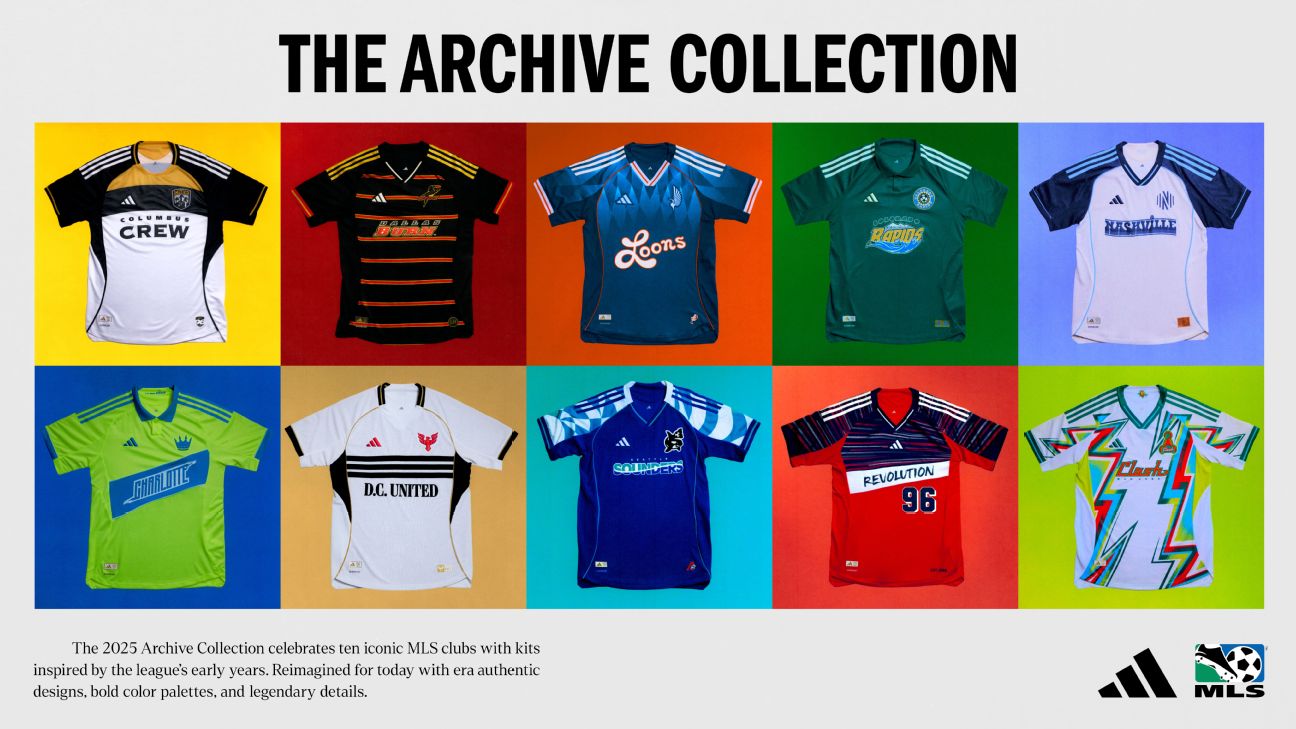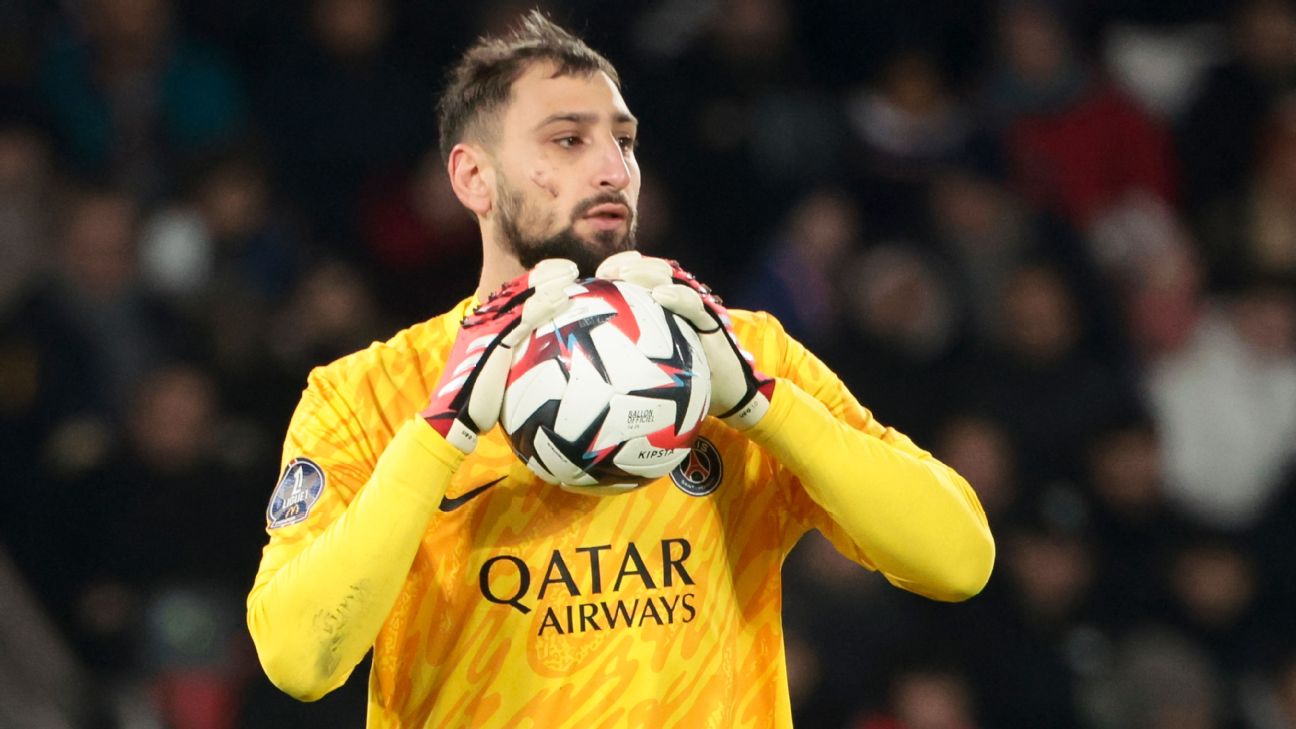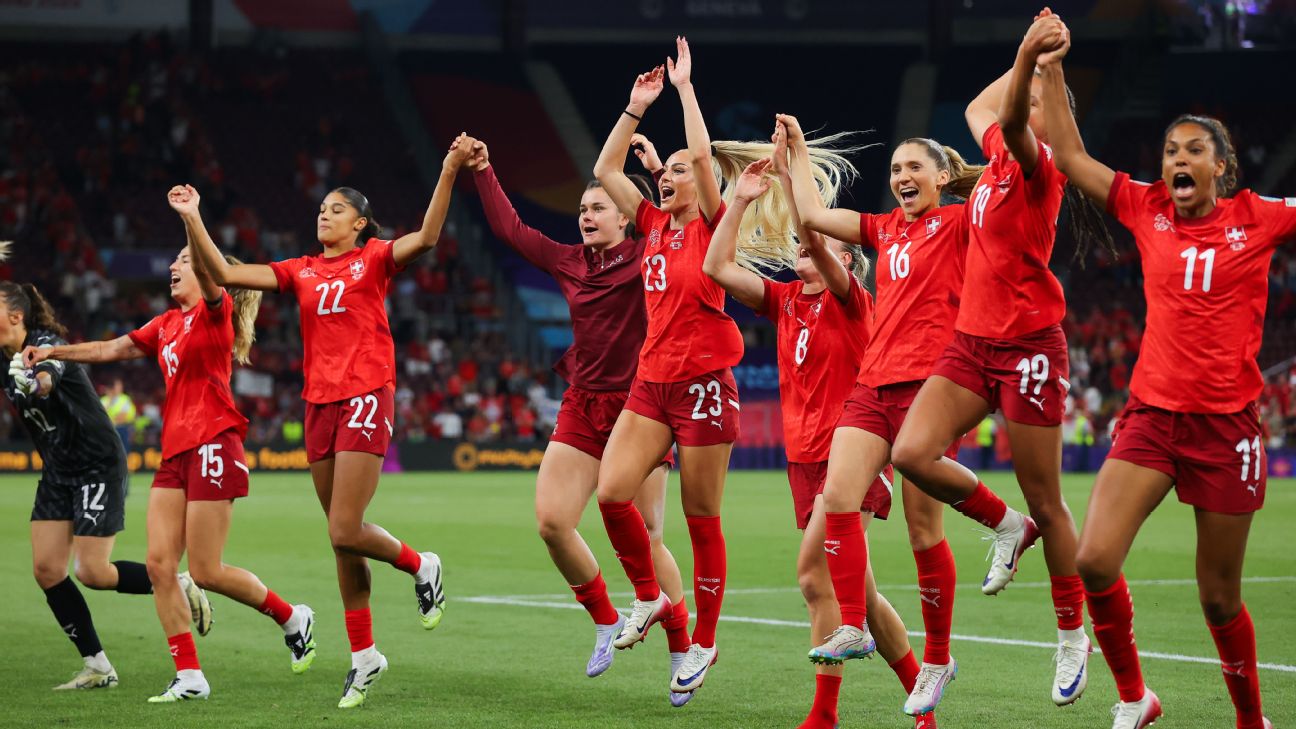Women's Euros 2025: A Comprehensive Guide to the Tournament's History and Highlights
Explore the rich history and exciting highlights of the Women's Euros 2025, from legendary players to unforgettable moments in European football.
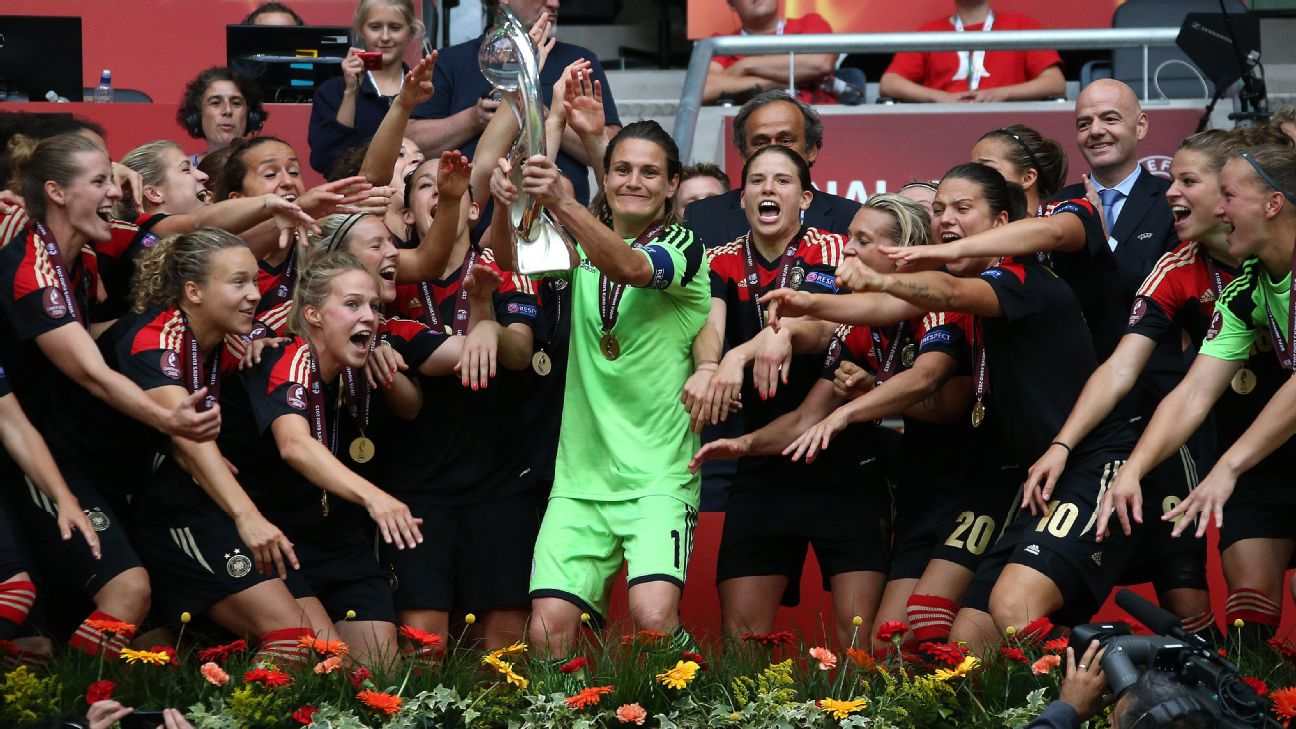
The 2025 Women's European Championship is set to kick off in Switzerland on July 2, featuring 16 teams vying for the prestigious trophy. This tournament, officially established in 1984, has a storied history filled with remarkable achievements and unforgettable moments. Here’s an in-depth look at some key facts and figures that define the Women's Euros.
A is for Angerer, Nadine
Nadine Angerer, Switzerland's goalkeeping coach and former Germany custodian, is one of only two players to earn five Euros winners' medals. Her standout performance came in the 2013 final, where her two penalty saves secured Germany's 1-0 victory over Norway.
B is for Breakthrough
Italy, alongside Norway, has missed only one event since 1984 and has appeared in the most European Championships. Despite their consistent presence, Italy has yet to win the tournament, making them the team with the most finals appearances without lifting the trophy.
C is for Coultard, Gillian
Gillian Coultard holds the record for the most women's Euros appearances, with 61 (including qualifying matches). She played in the 1984 final and became the first English woman to reach 100 caps, earning an MBE for her contributions to football.
D is for Die Nationalelf
Germany has been the dominant force in the Women's Euros, winning the competition eight times, including six consecutive victories between 1995 and 2013. They hold records for the most matches played, most goals scored, and highest goal difference.
E is for European Competition for Representative Women's Teams
The first three iterations of the Euros (1984, 1987, and 1989) were named the "European Competition for Representative Women's Teams." The tournament was renamed and awarded European Championship status in 1990, reflecting UEFA's growing support for women's football.
F is for First-timers
Three teams have won the Euros at their first attempt: Sweden in 1984, Norway in 1987, and Germany in 1989. Each of these victories marked the beginning of their respective footballing legacies.
G is for Groundhog Day
Germany and Norway have met in four finals, with Germany emerging victorious each time. Their encounters have become some of the most anticipated matches in the tournament's history.
H is for Hat-trick heroes
Only six hat tricks have been scored in the Women's European Championships, with England's Beth Mead and France's Grace Geyoro joining the exclusive club in 2022. Sweden's Lena Videkull holds the record for the fastest hat trick, scoring three goals in 17 minutes.
I is for In the dugout
Germany's Tina Theune-Meyer is the most successful coach in women's European Championship history, winning 13 of her 15 matches in charge. Sarina Wiegman is the only coach to win the Euros with two different countries (Netherlands in 2017 and England in 2022).
J is for Joint-top
Germany's Inka Grings and Birgit Prinz are joint-top scorers in the Women's Euros, each netting 10 goals. Grings is particularly noted for her prolific scoring in 2005 and 2009.
K is for Knockout queens
Germany's Doris Fitschen and Birgit Prinz have played in the most knockout matches, with 11 appearances each. Their contributions have been pivotal in Germany's numerous victories.
L is for Loss
Norway's surprising early exit in 2017, losing all three group games without scoring a goal, remains one of the most shocking moments in the tournament's history.
M is for Morace, Carolina
Italy's Carolina Morace is the highest goal scorer in Euros history, with 42 goals in finals matches and qualifiers. She made her international debut at just 14 years old and later became the national team's manager.
N is for Neid, Silvia
Silvia Neid has been involved in all eight of Germany's Euro triumphs, both as a player and a coach. Her contributions have made her a beloved figure in German football.
O is for Oldest player
Sandrine Soubeyrand holds the record as the oldest player in the Women's Euros, having played for France at 39 years and 340 days in 2013.
P is for Pellerud, Even
Even Pellerud guided Norway to victory in the 1993 finals at just 39 years old. His leadership was instrumental in Norway's success during that period.
Q is for Quatre
The Euros has evolved from a four-team tournament in 1984 to the 16-team competition we know today. This expansion has allowed more countries to participate and showcase their talent.
R is for Record breakers
England's 2022 victory was marked by record-breaking achievements, including the biggest margin of victory (8-0 against Norway) and the highest total goals scored (22).
S is for Spot-kick success
Norway boasts a 100% record in penalty shootouts, a testament to their composure and skill under pressure.
T is for Time to score
France's Melvine Malard scored the quickest goal in Euros history, finding the net just 43 seconds into the match against Iceland in 2022.
U is for Unbeaten
Germany's dominance is highlighted by their longest sequence of matches without defeat (26) and the best run of consecutive victories (19).
V is for Volley
Volleyed goals have been a highlight of the Women's Euros, with memorable strikes from Alexandra Popp and Ella Toone in 2022.
W is for West Berlin
The roots of the European Championship trace back to West Germany in 1957, where the first international women's football tournament was held.
X is for X-rated
The 2017 Euros in the Netherlands saw the most cards awarded in the tournament's history, with three red cards and 90 yellows.
Y is for Young gun
Norway's Isabell Herlovsen became the youngest scorer in women's Euros history at just 16 years and 351 days old.
Z is for Zero
Norway's defense was impeccable in their 1993 victory, not conceding a single goal throughout the tournament.













